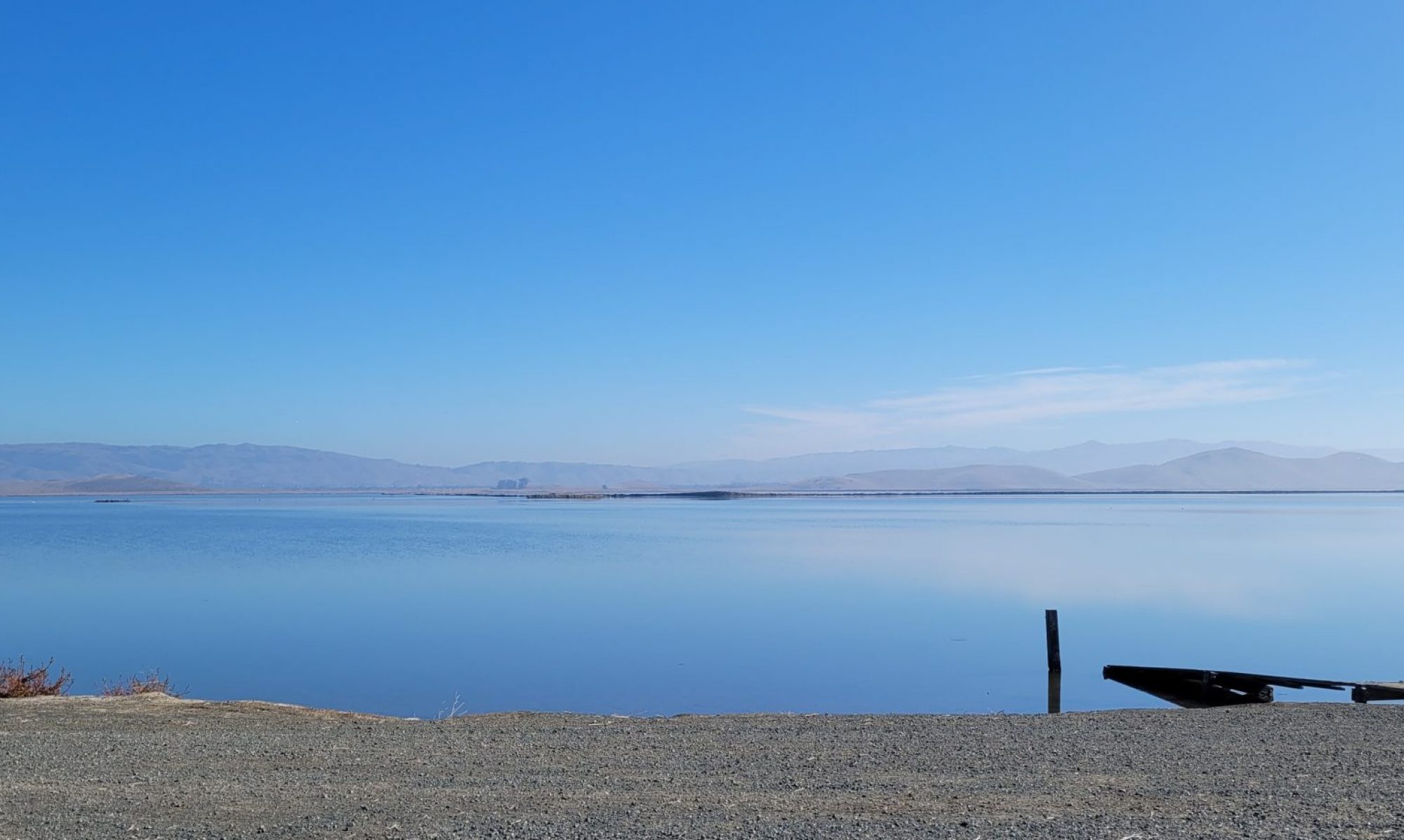
The Local Paper
We spent our first night in Garberville, which is ground zero to Humboldt and redwoods. It’s also ground zero to cannabis cultivation. As I stood in line at a local bakery for bagels in the morning, considering whether to carry cinnamon apple bread pudding back to the hotel, I was glad to see a local paper still in print. But these are new times, as a lengthy article explained out how to fill out the permit for proper water reclamation for cannabis cultivation to the California State Water Resources Board. Another article addressed a proposal to put a wind turbine farm out in nearby coastal waters, while a local columnist mused at length about the upcoming Taste of Cannabis festival. The line of muddy trucks stretched in front of the organic coffee drive-thru hut was longer than my local In ‘n’Out.
But we’re off for our own, non-substance-induced mystical experience today, off to drive through Avenue of the Giants.
An America Worth Fighting For
The road through these coastal redwoods is a scenic drive through Humboldt Redwoods State Park, with auto tour stops that sport walking trails and plaques, as well as tiny towns with more than one Center for World Peace and Understanding next to the shops with burl carvings. A burl, by the way, is a part of the tree that gets distressed and starts to grow anew. It can look like just a bump or actually grow out a new trunk.
Continue reading “Mosey Through Humboldt”

